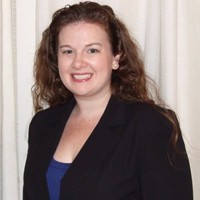By Lee Mickus, a partner with Evans Fears & Schuttert LLP in the firm’s Denver, CO office, and Abigail Dodd, a Senior Legal Counsel in Shell Oil Company’s Litigation Group.
INTRODUCTION
“Daubert motion” has become de rigeur slang among federal practitioners when referring to a motion to exclude an expert witness. Courts also frequently use that nomenclature, making statements such as “Now before the Court is a Daubert Motion filed by Defendants to strike or limit the purported expert testimony of Plaintiffs’ witnesses[.]” But these descriptions are inaccurate: Federal Rule of Evidence 702, not the Daubert holding, sets the admissibility standard. Many courts mistakenly take their guidance about the gatekeeping function from prior court rulings, rather than the rule. This preference has developed into a problem because, perhaps surprisingly, many district court and even some circuit court rulings describe the expert admissibility standard in ways that actually contradict Rule 702. References to “Daubert motions” reinforce courts’ misunderstanding by incorrectly signaling that caselaw, rather than the text of the rule, governs the assessment of opinion-testimony admissibility.
The Committee on Rules of Practice and Procedure unanimously voted on June 22, 2021 to publish for comment and potential enactment a proposed amendment to Rule 702 clarifying that courts must follow the text of the rule and disregard inconsistent caselaw statements. Analysis undertaken in the rulemaking process shows how courts often err by relying on prior decisions that fail to apply the gatekeeping approach that Rule 702 established. To overcome this ongoing problem, courts must recognize Rule 702’s authoritative status and internalize that fact. To keep attention focused on the applicable standard and avoid the distraction of outdated caselaw, litigants should describe challenges to the admissibility of opinion testimony as what they truly are: Rule 702 motions.
To continue reading, please click on the PDF button above.


